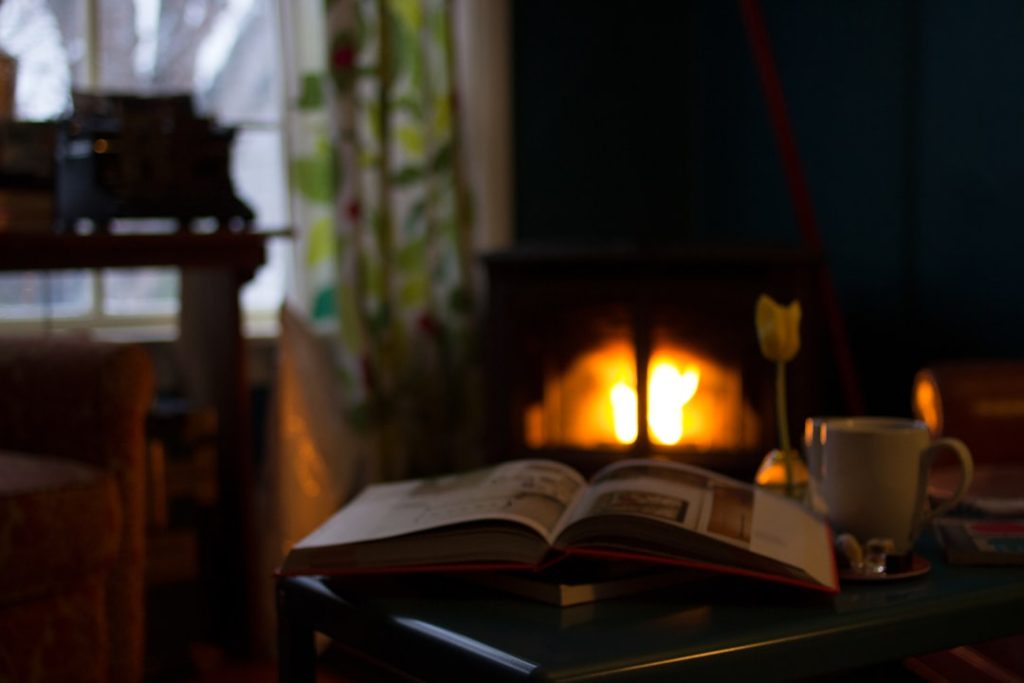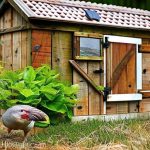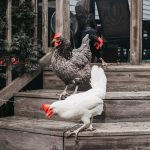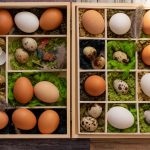Heat lamps for chickens primarily provide warmth, especially during cold weather or for young, vulnerable birds. Chickens are sensitive to temperature fluctuations and can experience cold stress, which may lead to health issues such as decreased egg production, weakened immunity, and potentially death in severe cases. By maintaining a consistent, comfortable temperature in the coop, heat lamps help chickens thrive and stay healthy.
These lamps also offer secondary benefits. The light they emit can create a sense of security for chickens, reducing stress and anxiety, particularly during winter months with limited daylight. This improved well-being can contribute to a more productive and harmonious flock.
The main purpose of heat lamps for chickens is to ensure the birds remain warm, comfortable, and stress-free, ultimately promoting their health and happiness.
Table of Contents
- 1 Factors to consider when determining how long to keep the heat lamp on
- 2 Recommended duration for using a heat lamp for different ages of chickens
- 3 Monitoring the temperature and behavior of the chickens
- 4 Risks and dangers of leaving the heat lamp on for too long
- 5 Alternatives to using a heat lamp for providing warmth to chickens
- 6 Tips for safely and effectively using a heat lamp for chickens
- 7 FAQs
Key Takeaways
- A heat lamp for chickens is used to provide warmth and maintain a comfortable temperature, especially for young chicks.
- Factors to consider when determining how long to keep the heat lamp on include the age of the chickens, the ambient temperature, and the behavior of the chickens.
- The recommended duration for using a heat lamp varies for different ages of chickens, with younger chicks needing more warmth and older chickens needing less.
- It is important to monitor the temperature and behavior of the chickens regularly to ensure they are comfortable and not overheated.
- Risks and dangers of leaving the heat lamp on for too long include overheating, dehydration, and fire hazards.
- Alternatives to using a heat lamp for providing warmth to chickens include heat plates, brooder heaters, and insulated coop designs.
- Tips for safely and effectively using a heat lamp for chickens include using a secure fixture, keeping the lamp clean and free from dust, and providing a backup heat source in case of power outages.
Factors to consider when determining how long to keep the heat lamp on
Age of the Chickens
The age of the chickens is a crucial factor to consider, as younger birds require more warmth than older ones.
Environmental Factors
The ambient temperature of the coop and the surrounding environment should also be taken into account, as this will impact how much supplemental heat is needed.
Monitoring Behavior and Adjusting Heat Lamp Usage
The breed of the chickens and their individual tolerance to cold should be considered when determining the duration of heat lamp usage. Additionally, observing the behavior of the chickens is essential. If they are huddling together or showing signs of distress, it may be an indication that they need more warmth and that the heat lamp should be left on for longer periods. On the other hand, if the chickens are spread out and appear comfortable, it may be possible to reduce the amount of time that the heat lamp is left on. It is essential to closely monitor the behavior of the chickens and make adjustments to the heat lamp usage as needed to ensure that they remain warm and comfortable.
Recommended duration for using a heat lamp for different ages of chickens
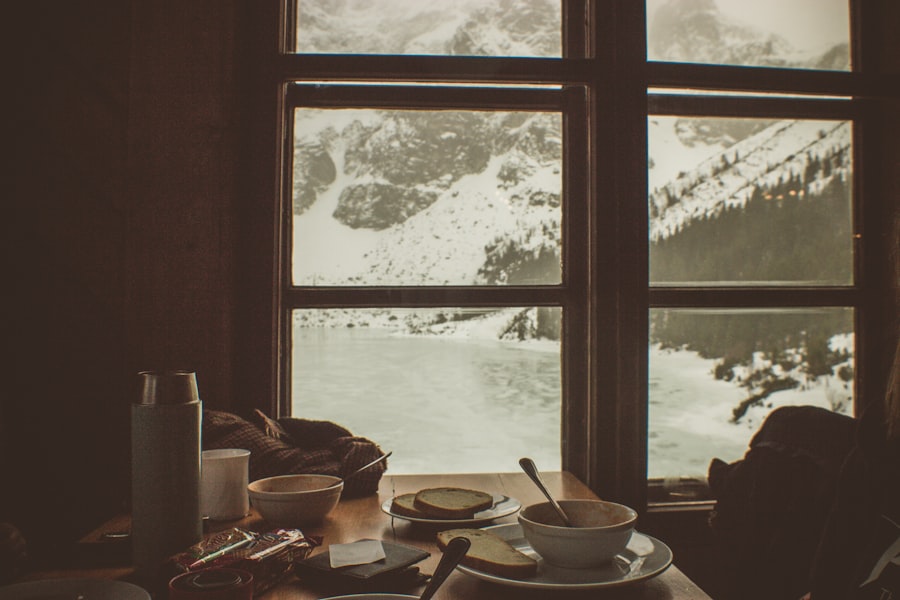
The recommended duration for using a heat lamp for chickens will vary depending on the age of the birds. For newly hatched chicks, it is generally recommended to keep the heat lamp on 24 hours a day for the first week of their lives. During this time, the temperature under the heat lamp should be maintained at around 95 degrees Fahrenheit.
After the first week, the temperature can be reduced by 5 degrees each week until it reaches the ambient temperature of the coop. At this point, the heat lamp can be turned off during the day, but should still be left on at night until the chicks are fully feathered, usually around 6 weeks of age. For older chickens, the duration for using a heat lamp will depend on the weather conditions and the individual needs of the birds.
In general, it is recommended to provide supplemental heat during colder months or when temperatures drop below freezing. The heat lamp can be turned on at night and turned off during the day, or left on continuously if necessary. It is important to monitor the behavior of the chickens and adjust the duration of heat lamp usage as needed to ensure that they remain warm and comfortable.
Monitoring the temperature and behavior of the chickens
Monitoring the temperature and behavior of the chickens is essential when using a heat lamp to provide warmth. It is important to regularly check the temperature under the heat lamp using a thermometer to ensure that it remains within the recommended range for the age of the chickens. Additionally, it is important to observe the behavior of the birds to determine if they are comfortable and content.
Signs of distress or discomfort, such as huddling together or excessive vocalization, may indicate that they need more warmth and that adjustments should be made to the heat lamp usage. In addition to monitoring the temperature and behavior of the chickens, it is also important to ensure that the heat lamp is functioning properly and is positioned at a safe distance from any flammable materials. Regularly inspecting the heat lamp and its surroundings can help to prevent accidents and ensure that the chickens remain safe and secure.
By closely monitoring the temperature, behavior, and condition of the heat lamp, chicken owners can ensure that their birds receive the warmth they need while minimizing any potential risks or dangers.
Risks and dangers of leaving the heat lamp on for too long
Leaving a heat lamp on for too long can pose several risks and dangers for chickens. One of the most significant risks is overheating, which can lead to heat stress or even death in extreme cases. Overheating can cause chickens to become dehydrated, lethargic, and can lead to respiratory issues.
Additionally, leaving a heat lamp on for extended periods increases the risk of fire, especially if it is positioned too close to flammable materials such as bedding or nesting materials. This can pose a serious threat to both the chickens and their owners. Another danger of leaving a heat lamp on for too long is that it can disrupt the natural sleep patterns of the chickens.
Chickens rely on natural light cues to regulate their sleep-wake cycles, and prolonged exposure to artificial light from a heat lamp can disrupt this natural rhythm. This can lead to stress and behavioral issues in the birds, ultimately impacting their overall health and well-being. It is important for chicken owners to be mindful of these risks and dangers and to use a heat lamp responsibly and in accordance with recommended guidelines.
Alternatives to using a heat lamp for providing warmth to chickens
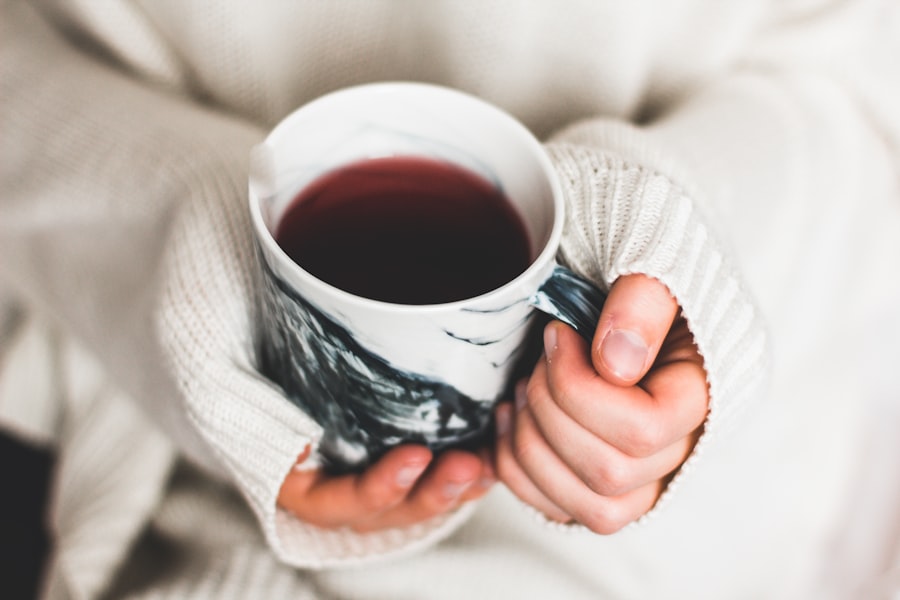
Radiant Heaters and Brooder Plates
One alternative is to use radiant heaters or brooder plates, which provide warmth without emitting light. This can help minimize disruptions to the natural sleep patterns of the chickens while keeping them warm and comfortable.
Heated Pads and Mats
Another alternative is to use heated pads or mats specifically designed for poultry. These can be placed in nesting boxes or other areas where chickens tend to gather, providing a warm and cozy spot for them to roost.
Insulation and Bedding
Insulating the coop with materials such as straw or hay can help retain heat and create a more comfortable environment for the chickens. Additionally, providing extra bedding material can help keep chickens warm by allowing them to burrow and nestle into it for added insulation.
Tips for safely and effectively using a heat lamp for chickens
When using a heat lamp for chickens, there are several tips that can help ensure its safe and effective use. Firstly, it is important to use a high-quality heat lamp with a protective guard to prevent direct contact with the bulb. The lamp should also be securely mounted in a location where it cannot be knocked over by curious chickens or other animals.
Additionally, it is important to regularly inspect the heat lamp and its surroundings for any signs of wear or damage that could pose a safety risk. Another tip for safely using a heat lamp for chickens is to use a thermostat or temperature controller to regulate the temperature under the lamp. This can help ensure that the temperature remains within a safe range for the birds and can prevent overheating or other temperature-related issues.
It is also important to position the heat lamp at an appropriate distance from any flammable materials and to regularly clean away any dust or debris that may accumulate on or around the lamp. By following these tips, chicken owners can safely and effectively use a heat lamp to provide warmth to their birds while minimizing potential risks and dangers.
If you’re wondering how long to keep a heat lamp on chickens, you may also be interested in learning about the best kind of coop for chickens. Check out this article to find out more about creating the perfect home for your feathered friends.
FAQs
How long should I keep a heat lamp on my chickens?
It is recommended to keep a heat lamp on baby chicks for the first 6 weeks of their life. After that, you can gradually reduce the amount of time the heat lamp is on as they become more feathered and acclimated to the outdoor temperature.
What temperature should the heat lamp be set to for chickens?
For baby chicks, the heat lamp should be set to around 95°F for the first week, and then reduced by 5°F each week until they are fully feathered. For older chickens, the heat lamp can be used to provide supplemental warmth during cold weather, but the temperature should not exceed 70°F.
Are there any risks associated with using a heat lamp for chickens?
Yes, there are risks associated with using a heat lamp for chickens, including fire hazards, burns to the chickens, and overheating. It is important to use a properly secured heat lamp and monitor the temperature regularly to ensure the safety of the chickens.
Can I use a heat lamp for adult chickens?
While adult chickens are more cold-hardy than baby chicks, a heat lamp can still be used to provide supplemental warmth during extreme cold weather. However, it is important to monitor the temperature and ensure that the chickens have the option to move away from the heat if they become too warm.
Meet Walter, the feathered-friend fanatic of Florida! Nestled in the sunshine state, Walter struts through life with his feathered companions, clucking his way to happiness. With a coop that’s fancier than a five-star hotel, he’s the Don Juan of the chicken world. When he’s not teaching his hens to do the cha-cha, you’ll find him in a heated debate with his prized rooster, Sir Clucks-a-Lot. Walter’s poultry passion is no yolk; he’s the sunny-side-up guy you never knew you needed in your flock of friends!

